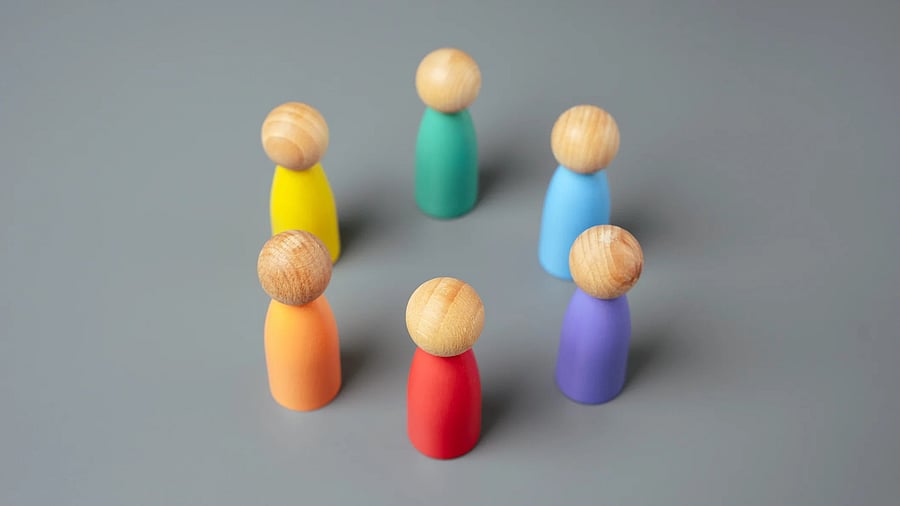
Allyship is a word that’s often used in gender debates - but what does it really mean? Who exactly is an ally?
An ally is someone who is not part of a group but is deeply engaged with the concerns of such a group. In conversations around gender, an ally is someone who bats for the concerns of the core group that needs support.
For instance, the group could be LGBTQIA+ (Lesbian, Gay, Bisexual, Transgender, Queer, Intersex, Asexual and other identities) and the ally could be anyone who doesn’t identify as LGBTQIA+ but advocates for the rights of these groups.
Then there is performative allyship, which has more to do with showing that you care for those in need of it and less to do with action.
Genuine allyship is all about using one’s privilege or influence in the best manner possible to advocate for the well-being of a group or individual. It is also a long-term relationship, where the ally supports and speaks for the rights and concerns of the marginalised group.
The word ‘allyship’ first found its place in the Oxford English Dictionary in the 1840s.The word ally has been described as a “person who helps or cooperates with another; a supporter, an associate; a friend.” Allyship, however, came to be used in its current modern sense only later. It was Dictionary.com’s word of the year in 2021.Apart from gender-related conversations, the word is also used in contexts such as black civil rights and workplace discrimination.
How does one practice allyship?
You can be a dependable ally if you follow the four As model that is widely accepted as effective: ask, acknowledge, act and amplify. This model boils down to active listening, empathising and being proactive in offering support.
(Decoded is a column that demystifies gender concepts and breaks them down into easy-to-understand language.)
